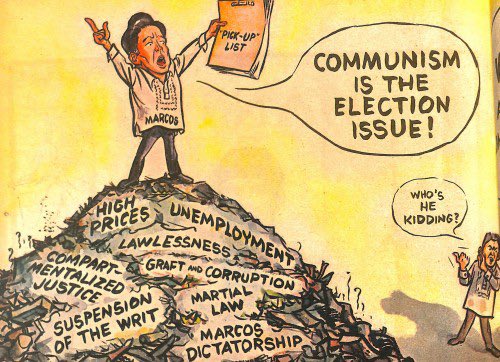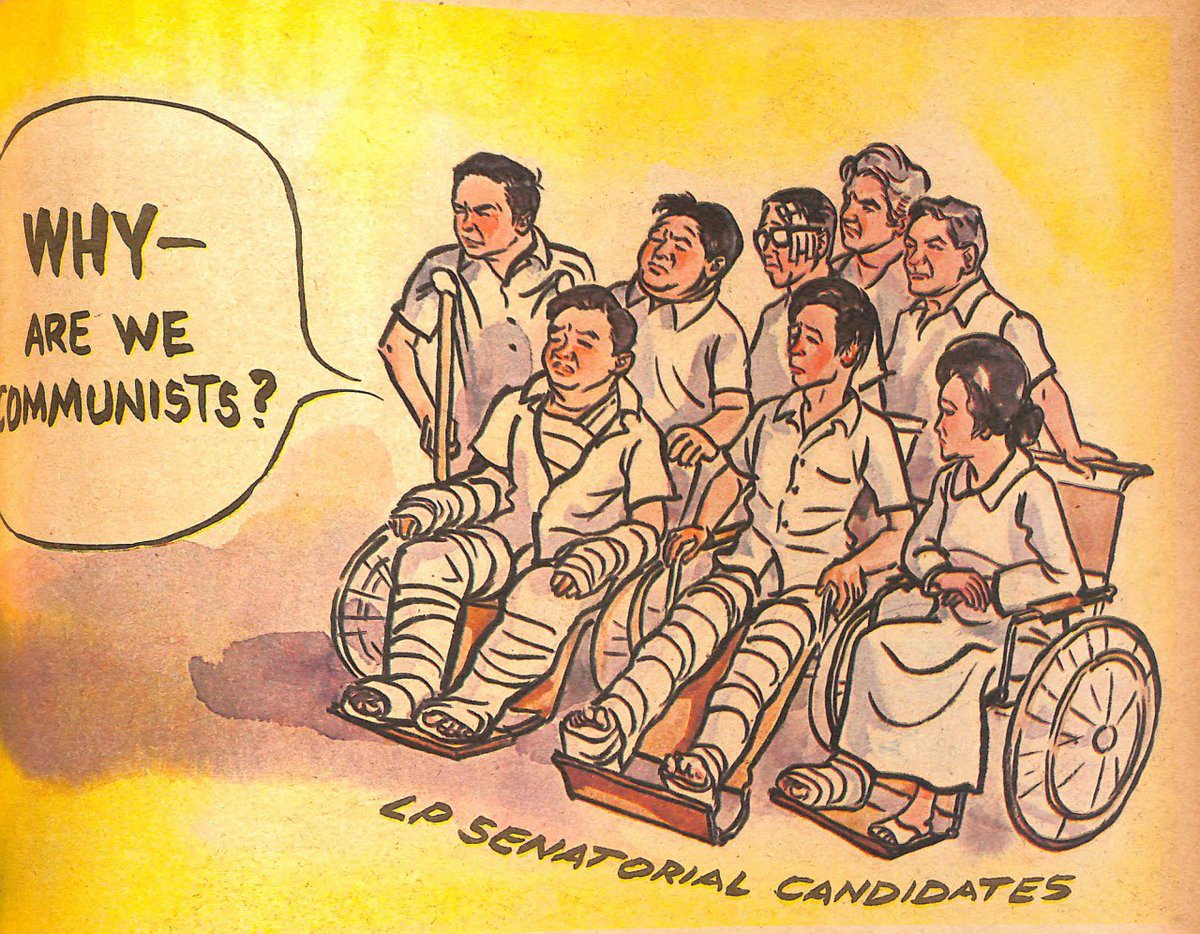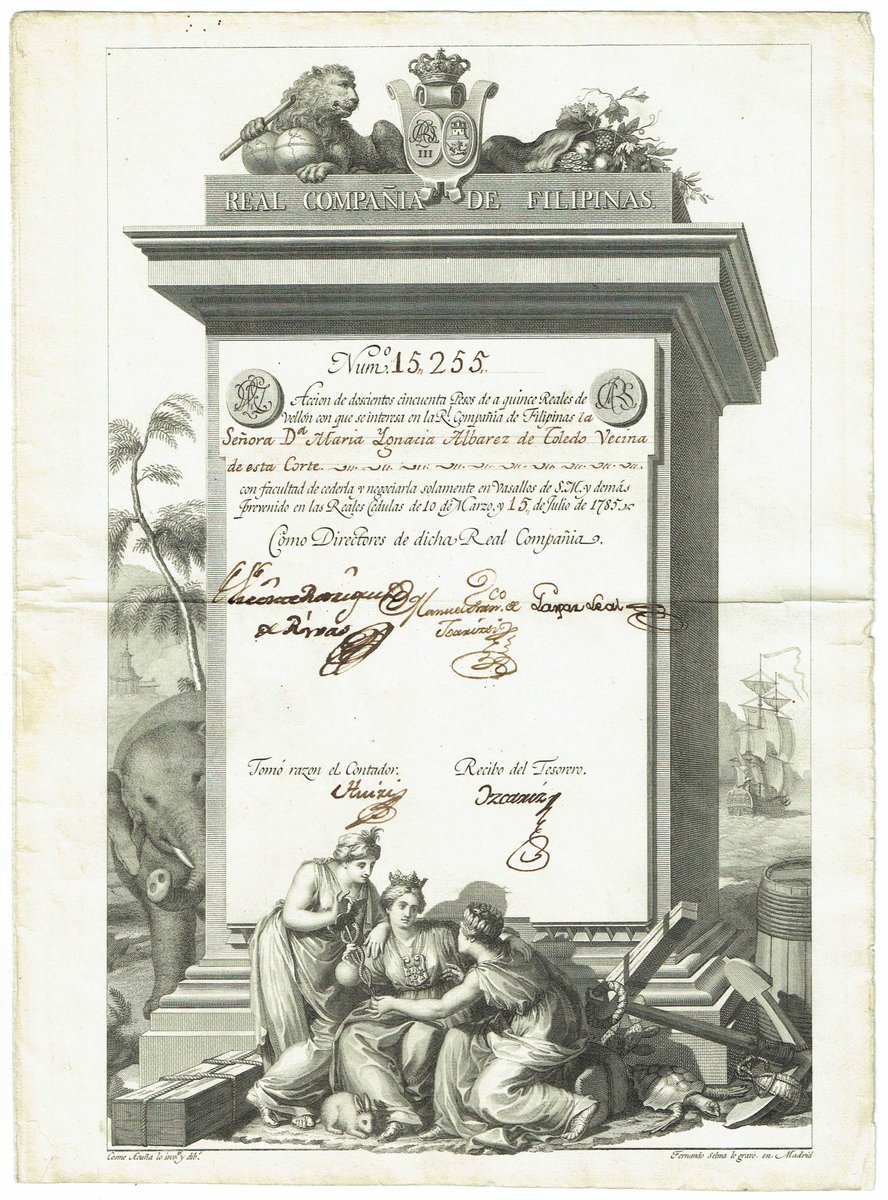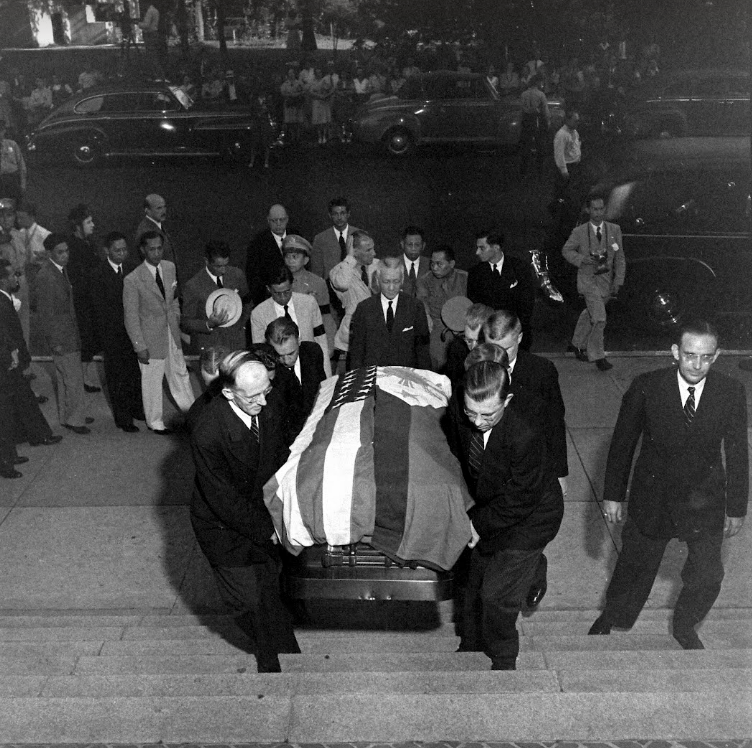
#TodayinHistory in 1972, 50 yrs ago, a bomb exploded at Joe's Department Store in Carriedo St., Quiapo, #Manila #PH. This was part of a series of bombings that would be used as reason for the proclamation of a nationwide Martial Law by Pres. Ferdinand Marcos on the 23rd. THREAD. 

In late 60s to 1970, public opinion was against any prospect of Ferdinand Marcos extending his 2nd & final term. He won as the 2nd reelected #PH president in 1969 under 1935 Consti. At the time, there was push to amend the Constitution.
https://twitter.com/indiohistorian/status/1399685942684753923
Protests erupted, expressing sentiment not to use ConCon to extend Marcos' term. People suspect he would be made interim Prime Minister upon change of form of gov. The protests would be known in history as the #FirstQuarterStorm. ConCon began in June 1971.
https://twitter.com/indiohistorian/status/1486247692728963072
On 21 Aug 1971, at the miting de avance of the opposition Liberal Party at Plaza Miranda, for the midterm elections, a bomb exploded wounding the candidates. Marcos immediately pinned blame on the Communists & alleged LP to be colluding w/ the rebels. LP won 6 of 8 Senate seats. 


https://twitter.com/indiohistorian/status/1428932420821143552



In 1972, as ConCon & protests went on, a series of bombings began in Manila. As one senator commented: "the bombings had all been timed for maximum publicity and nothing more." The 1st was at Arca Bldg, Pasay, on the night of March 15. Witnesses saw two men riding in tandem.
As September approached, the bombings became more frequent & devastating. #Onthisday, at Joe's Department Store in Carriedo (at the time part of Manila's main commercial center), the bomb exploded. A woman died, as 38 other individuals were gravely injured.
On the same day, in the ConCon, the topic was the “Ban-Dynasty Resolution” proposed by delegate Ramon Diaz in the draft consti, prohibiting a past president to occupy the same office, or serve as Prime Minister. The prohibition is extended to the spouse & relatives.
https://twitter.com/indiohistorian/status/1531868868481691648
Other bombs would explode w/ 1 to 2-day gaps—on the Manila City Hall, San Miguel Corp in Makati, San Juan water mains. The Good Earth Emporium, near Joe’s Dept Store had an undetonated bomb (a small bar of soap w/ a timer, 3 matchsticks, and a blasting cap).
On Sept 18, a bomb exploded in a restroom near the hall where the ConCon convened. ConCon Delegate Jose Nolledo issued a statement that they saw a group fleeing after the explosion. Several eyewitnesses described them as military men.
This bombing was one of the 20 bombings cited in Proclamation No. 1081 putting the entire country under Martial Law, implemented at midnight of Sept 23, and announced in the evening.
https://twitter.com/indiohistorian/status/1440999243083182092
Photos:
- Editorial cartoons were from the Philippines Free Press, by cartoonist E.Z. Izon.
- All images from the Presidential Museum & Library
For @subselfie.
@jmnualla
@tonitiemsin
- Editorial cartoons were from the Philippines Free Press, by cartoonist E.Z. Izon.
- All images from the Presidential Museum & Library
For @subselfie.
@jmnualla
@tonitiemsin
• • •
Missing some Tweet in this thread? You can try to
force a refresh












